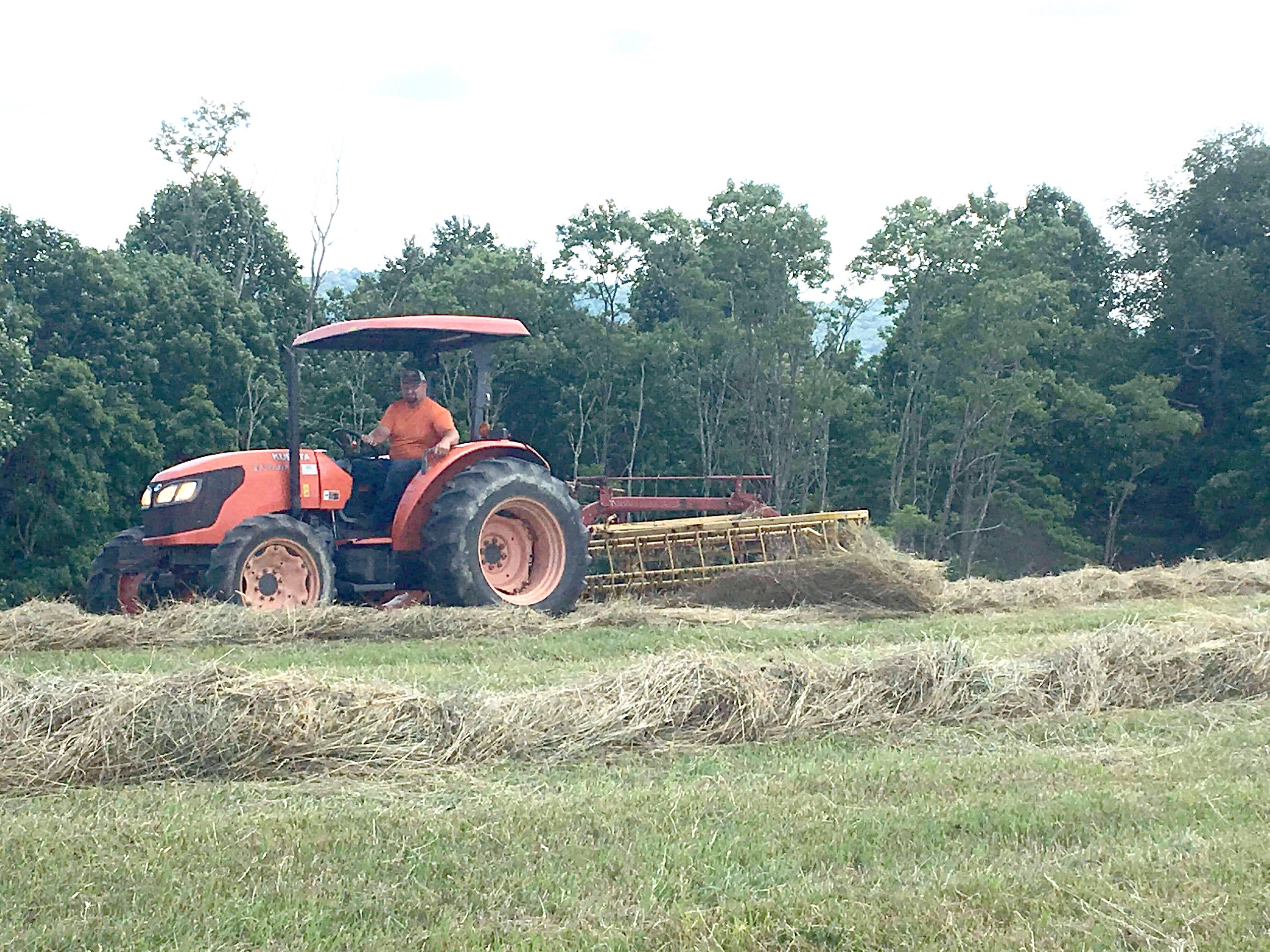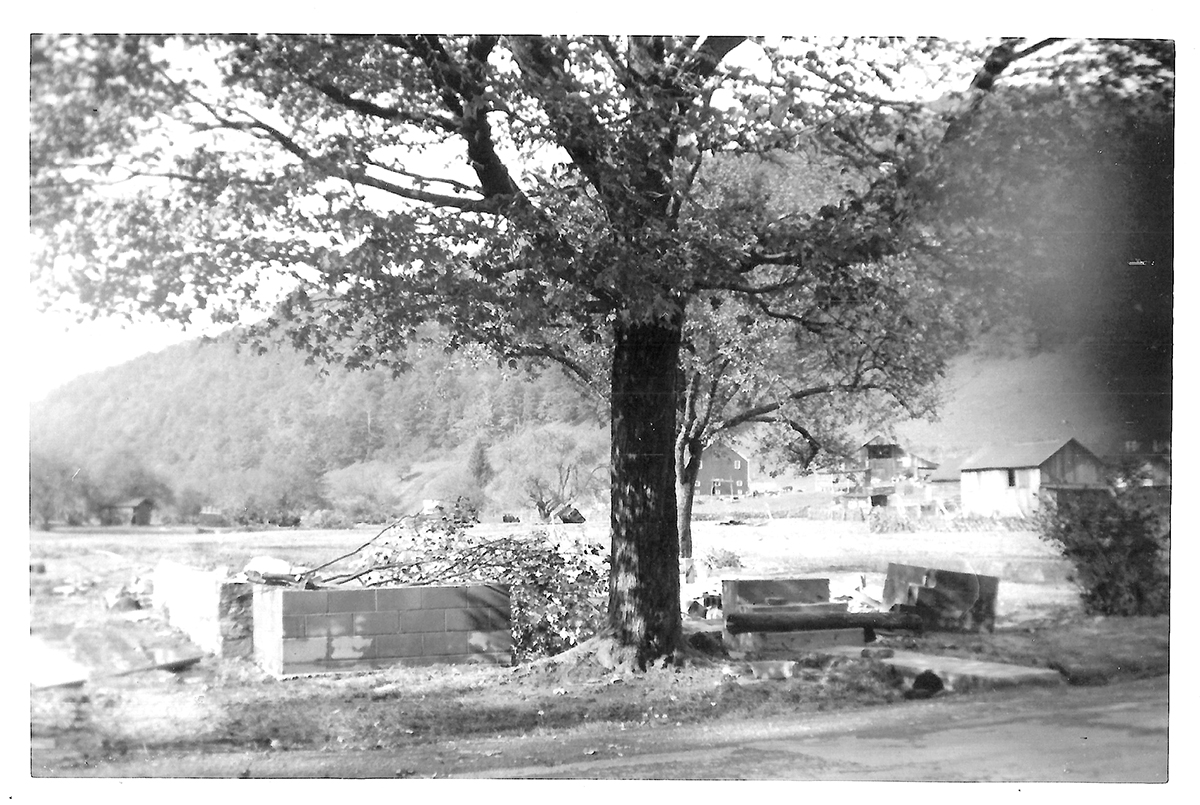
By Heather Clower
The Parsons Advocate
A large portion of Tucker County was subjected to a cold spell and even snow in the middle of May and even into the first of June. For farmers relying on seasonable weather in order for their crops to grow, this caused concern to arise in many. As early as late February, Agriculture Commissioner Kent Leonhardt released an article offering tips and guidance for farmers proceeding through a hay shortage.
At the time of publication, Leonhardt noted another six weeks or more of winter to be expected and the need to take inventory on remaining hay stock. He discouraged farmers from turning cattle out onto pasture too soon, as this would result in a pasture shortage as well, having a detrimental effect on the overall quality of the livestock. The issues with hay crop and pasture stem from an unusually wet 2018 and has caused concern since. The West Virginia Department of Agriculture has been working alongside the Farm Service Agency and West Virginia University Extension Service to locate needed resources and offer alternative methods of maintaining their stock.
In a recent interview with Leonhardt’s Campaign Manager Jessica Dobrinsky, she stated that Leonhardt is well aware of the concerns of farmers across the state. “He (Leonhardt) remains in a working relationship, of course as always, with the WVU Extension Services, and various different farmers and industries across the state.”
Joe Owens from the Licking Creek area stated that his hay is looking a little better than average, but explained, “We did fertilize before the cold snap.”
Lowell Moore, a farmer on top of Pifer Mountain, said, “Early on, my hay, I thought looked really thin.” He decided to postpone harvesting for a couple of weeks until the orchard grass was in full bloom and the timothy grass began to come out into head. As a result, Moore stated his hay is as good if not better than in years past. “I’m better than most,” he confirmed as many other farmers he has spoken to have had a significant decrease in their output.
Kerstin Bennett makes her hay in the Canaan Valley area and is experiencing anywhere from a 20% to 50% decrease in quantity compared to last year. “When the hay was first cut it should have been ‘peak’ as far as nutrition is concerned,” said Bennett. “However, there was very little undergrowth and the height was far down, so I’d say the quality is down as well.” Bennett and other locals in her area experienced a frost on June 1 which is suspected to have stunted a lot of grass growth. “It’s still felt cooler to us just until lately, however the weather has straightened up as far as temperature is concerned it seems,” she added.
In the area of Pheasant, Karen Russell and her family were happy to report they feel their hay is better this year. She stated that the hay is very heavy and thick which is providing a higher yield per field than they obtained last year.
Jim Nester, from Bull Run, has also seen a decrease in his hay, though not quite as significant as some. “I’m getting about two thirds,” stated Nester, experiencing only about a 30% decrease in yield.
Farmer and Extension Agent for Tucker County Jesica Streets stated, “Hay season is one of my favorite times of year because it is a family affair. Everyone participates in one way or another.” She continued, “After taking a soil test last year, we made the recommended amendments and are reaping the benefits.” Streets added, “Since our office has re-opened, I have enjoyed the drive to Parsons seeing the fields cut and producers working to harvest their hay. Everyone is thankful for the rain we have had that has helped green the fields and the short stretches without precipitation to allow them to mow and bale.”
To date, Streets hasn’t heard from many local farmers having issues with a shortage, but the Extension Office just recently reopened due to the pandemic shut down. If any farmers find themselves in need, they can reach out to Streets and her staff for assistance or guidance on ways to proceed.
Leonhardt added, “By the end of the summer, after farmer’s second cut, the department will have a better knowledge of who has shortages and who has a surplus.” He continued, “At this point, the department will be able to assist farmers in connecting those who have a surplus with those who have a shortage of hay to redistribute resources.” “Farmers should also reach out to their local Farm Service Agency (FSA) office if they believe they may really struggle in the winter to provide some relief for the farmer,” concluded Leonhardt.



